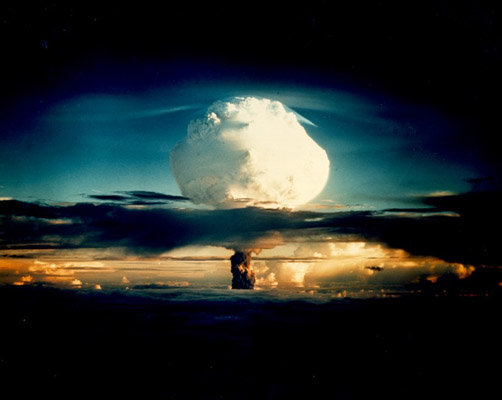
Bow, prehistory Though its origins are lost to time, the bow revolutionized both hunting and warfare. Its elasticity enabled the archer to strike—and kill—targets beyond the reach of muscle power. Gradual refinement into such forms as composite bows and longbows ensured it was the premier missile weapon well into the gunpowder age.
Cannon, 1200s The first smoothbore cannons emerged during the 13th and 14th centuries. They were crude, inaccurate, and unpredictable, yet they were also game-changers. As cannons developed they rendered fortifications vulnerable in a way that torsion and counterweight artillery such as catapults never could. The builders of castles—those great centers of noble and aristocratic power—began a long, losing battle against powder and shot, while artillery began its ascent to become the primary battlefield killer.
Flintlock Musket, circa 1620 Introduced in the early 17th century, the flintlock brought the gunpowder revolution to the infantry. It offered greater reliability, faster ignition, better accuracy, and more convenient handling than the matchlock and wheel-lock firearms that preceded it. Through such advances, volley fire became more coordinated and effective, and the flintlock dominated infantry warfare for the next three centuries.
Fighter Aircraft, 1915 Entering service in 1915, the Fokker Eindecker—fitted with an interrupter gear that allowed a machine gun to fire safely through the arc of the propeller—was arguably history’s first true fighter aircraft. From this point on, many military aircraft were purpose-built to fight rather than scout; other types quickly emerged, such as the SPAD VII, Sopwith Camel, and Fokker D VII. The skies instantly became a new dimension for combat that by World War II had utterly transformed both the strategic and tactical options of warfare.
Atomic Weapons, 1945 From their first use at Hiroshima and Nagasaki, atomic weapons revolutionized warfare at the strategic level. Fission and, later, fusion bombs were the ultimate “force multipliers,” capable of reducing a city to ashes with a single strike. When married to intercontinental missile delivery systems, nuclear weapons locked the world in a potentially apocalyptic arms race for more than 40 years, and the threat of their use is still enough to dictate the terms of global politics.
AK-47, 1947 The AK-47 automatic rifle and its many derivatives have ?arguably created the greatest risk to global security since the development of nuclear weapons. Originally designed and manufactured by the Soviets, it has become ubiquitous because of its awesome reliability, ease of use, and unregulated distribution: Some 100 million AKs have been produced to date. The gun has made entire wars possible and it will undoubtedly fuel conflicts, crime, and terrorism for decades to come.
Chris McNab is a military historian based in the United Kingdom. He has published more than 40 books, the latest of which is A History of the World in 100 Weapons (Osprey Publishing, 2011), a study of history’s most influential weapons. 




